Canada’s food culture is a fascinating mix of Indigenous traditions, immigrant influences, and regional quirks. From coast to coast, Canadians have embraced dishes and snacks that often leave outsiders raising an eyebrow. While some of these foods are born from necessity, with long winters, preserved ingredients, or farm-to-table simplicity, others are pure comfort or playful indulgence. Here are 15 foods Canadians love that the rest of the world finds strange:
Ketchup Chips
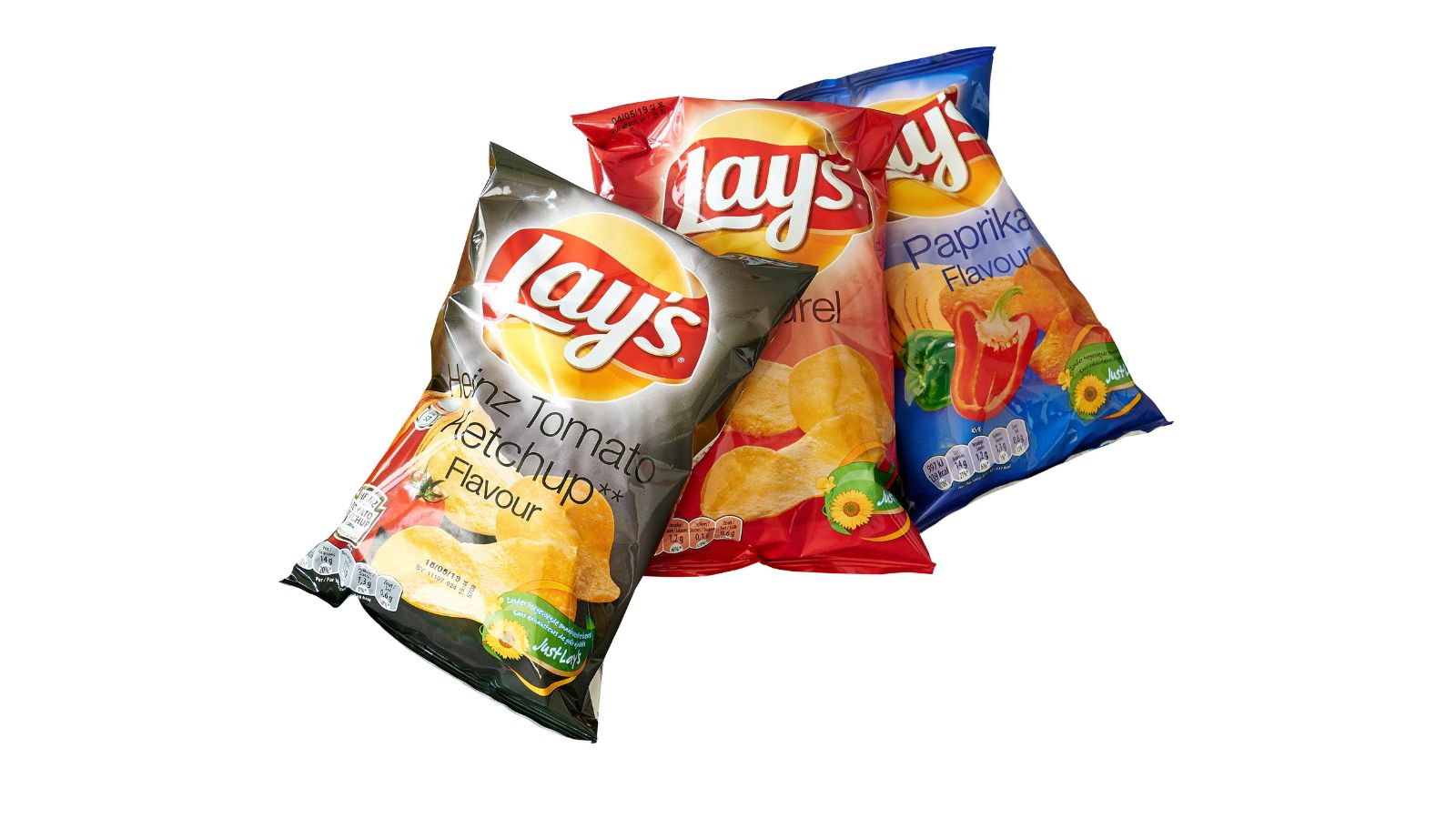
Few snacks are as iconic in Canada as ketchup-flavored potato chips. While Americans reach for barbecue or sour cream and onion, Canadians happily devour bags of tangy, sweet, and slightly vinegary red-coated crisps. The flavor was first introduced in the 1970s and quickly became a cult favorite, with Lay’s and Old Dutch leading the charge. Tourists are often baffled by the idea of a chip mimicking a condiment, but locals swear by the addictive taste. It’s a must-try snack for visitors, though many either fall in love instantly or vow never to touch them again.
Poutine

What started as a late-night greasy spoon specialty in Quebec is now a national obsession. Poutine, crispy fries smothered in rich gravy and squeaky cheese curds, might sound messy or unappetizing to outsiders, but it is considered comfort food perfection for Canadians. The dish has evolved into countless variations, with restaurants topping it with pulled pork, lobster, or even foie gras. Tourists often can’t get past the “squeak” of the curds, but locals know that’s the sign of freshness. What seems strange at first bite becomes oddly satisfying, making poutine a beloved symbol of Canadian indulgence.
BeaverTails
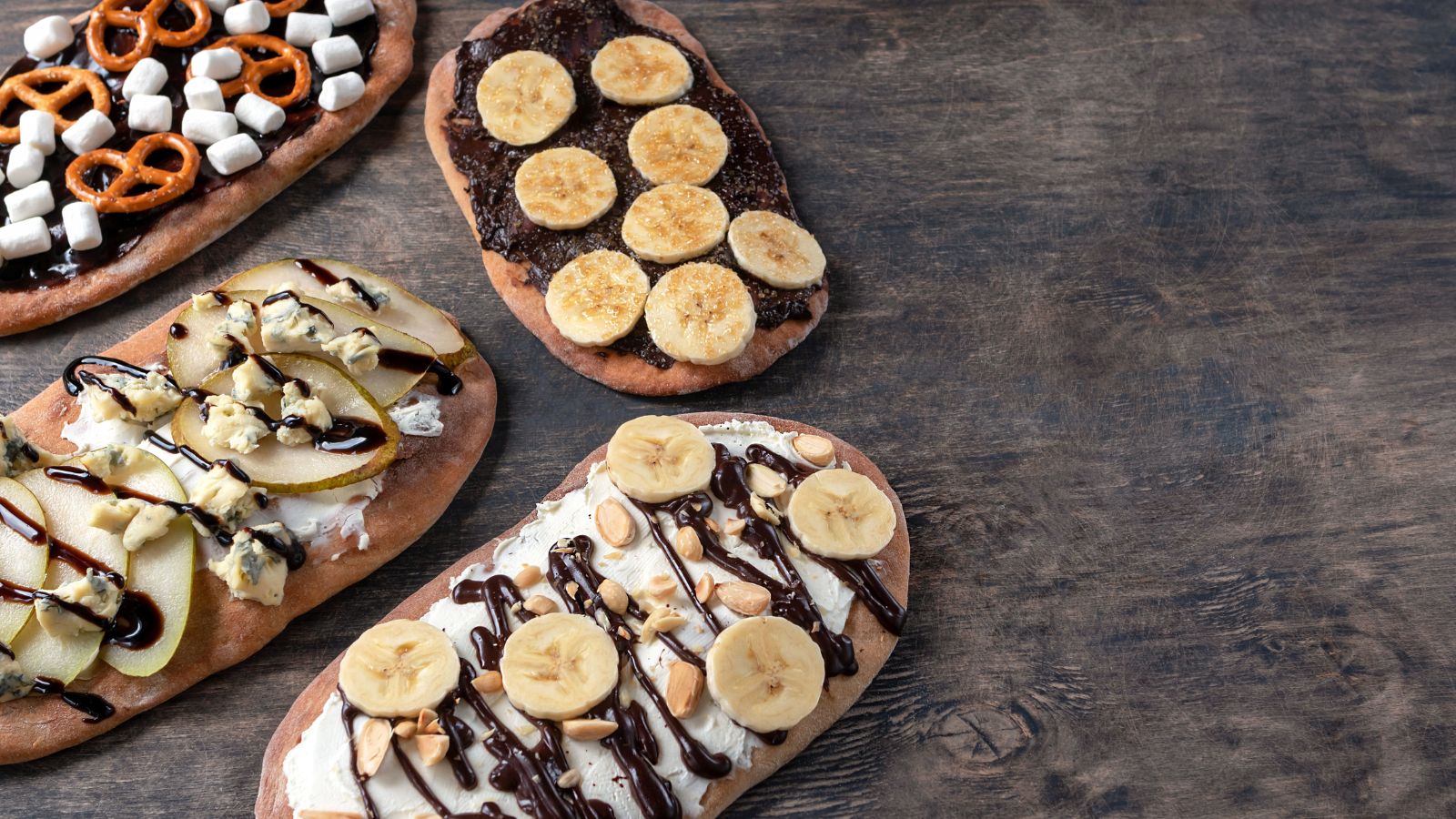
Despite the eyebrow-raising name, BeaverTails aren’t animal parts but rather fried dough pastries shaped like a beaver’s tail. Canadians top them with everything from cinnamon sugar to Nutella and bananas, making them a staple at fairs, ski resorts, and outdoor festivals. For outsiders, the concept of deep-fried dough stretched flat might feel a little unusual, especially compared to traditional donuts, but Canadians see them as the ultimate winter treat. Warm, chewy, and sweet, BeaverTails have achieved legendary status, particularly in Ottawa’s ByWard Market, where tourists can enjoy them while skating the Rideau Canal.
Butter Tarts
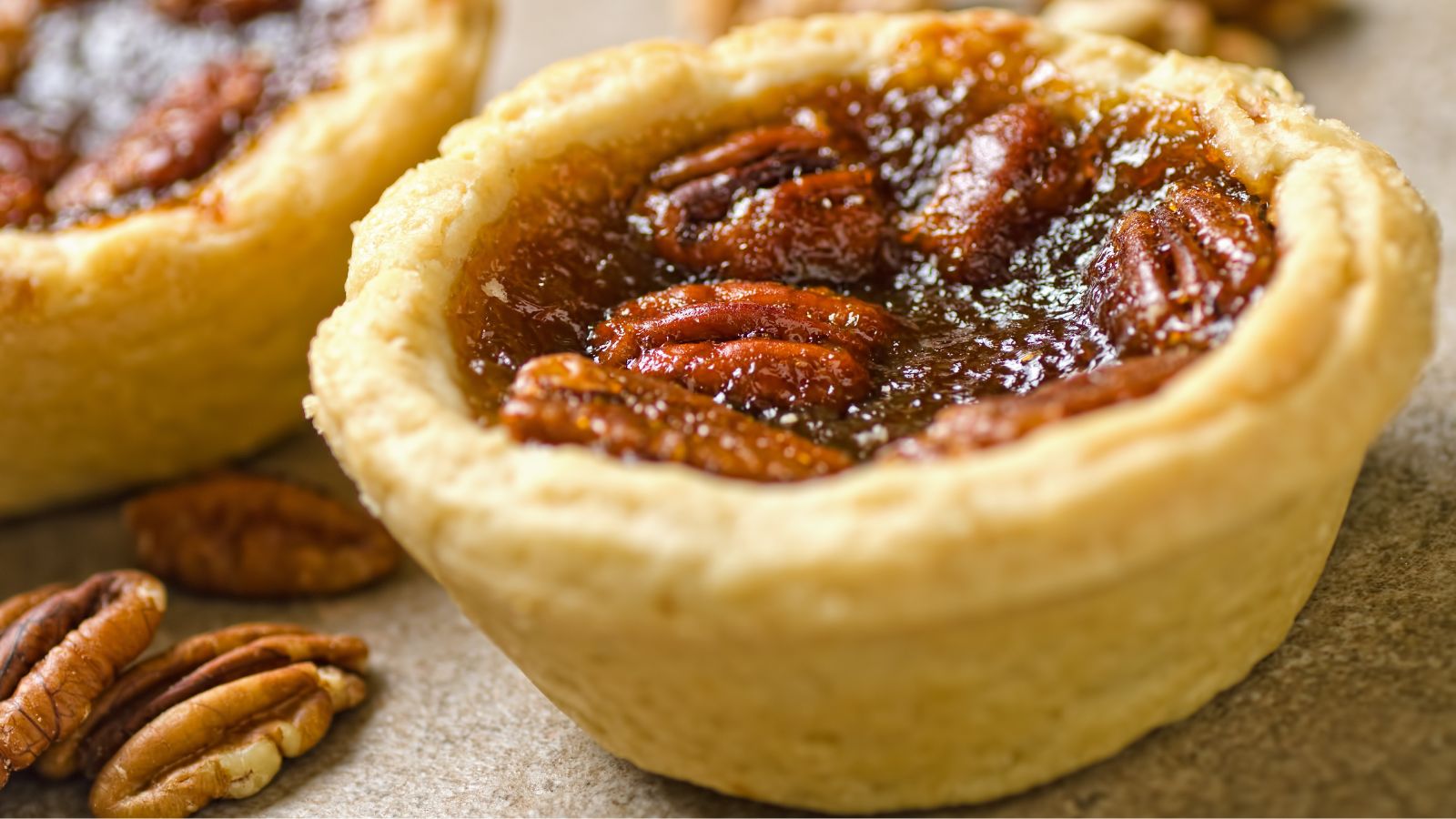
Butter tarts are one of Canada’s most treasured desserts, but their gooey, sugary filling and flaky crust often leave non-Canadians puzzled. Some find the sticky texture overwhelming or too sweet, while others can’t decide whether raisins belong inside. Canadians, however, are fiercely protective of this pastry, with entire festivals dedicated to perfecting the art. Every family seems to have a secret recipe, and debates over runny versus firm centers are ongoing. Strange to some, heavenly to others, butter tarts are proof that Canadian desserts aren’t just about maple syrup, but also about unapologetic decadence.
Peameal Bacon (a.k.a. Canadian Bacon)
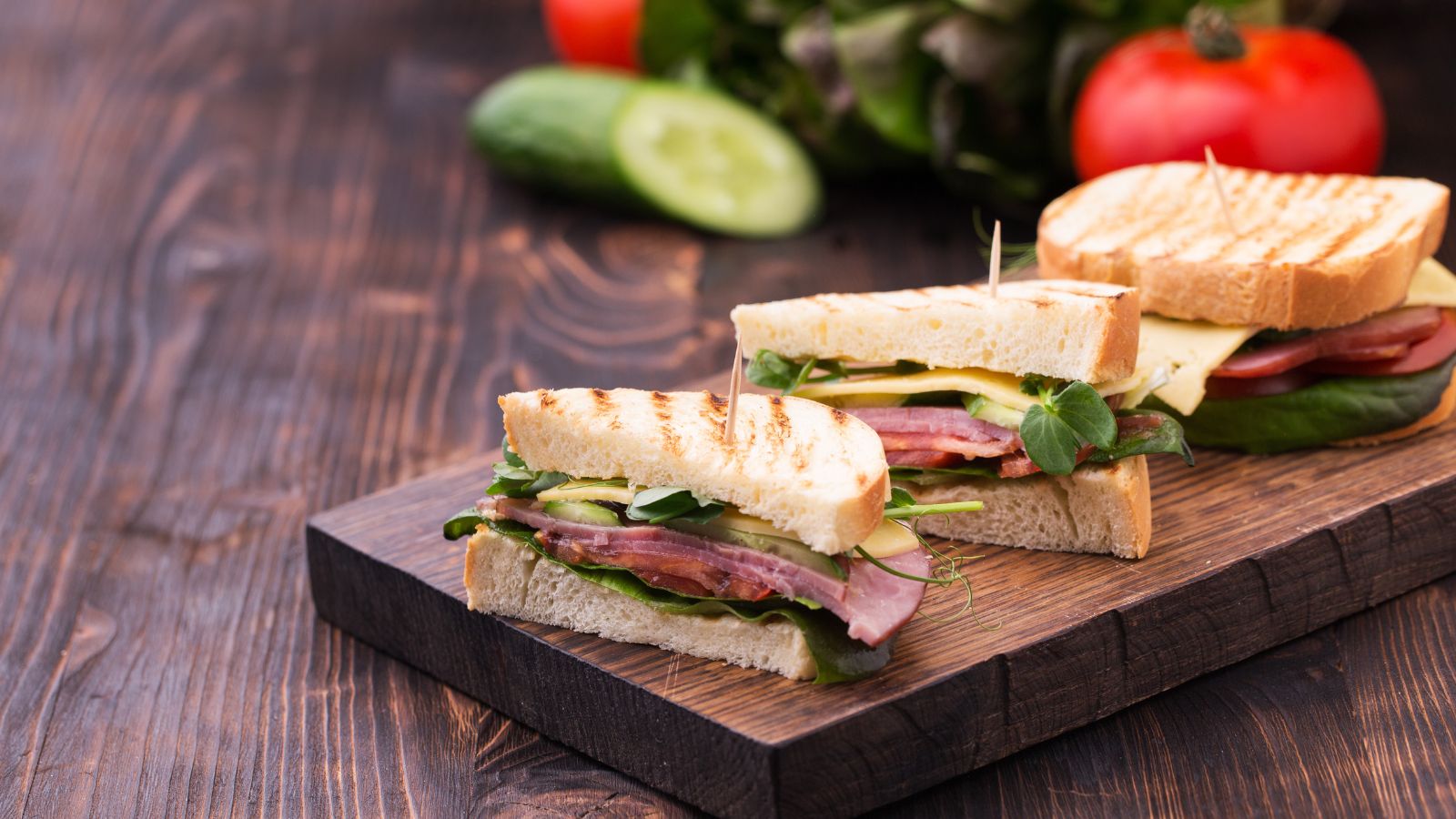
While much of the world thinks “Canadian bacon” refers to thin, round ham slices, the real deal is peameal bacon, which is pork loin cured and rolled in cornmeal. It is juicy, tender, and often served in sandwiches, particularly at Toronto’s St. Lawrence Market. Outsiders can find it confusing, since it looks and tastes different from what they expect bacon to be, and instead of crispy strips, they’re met with a thick, savory cut that feels more like ham. For Canadians, though, it is a breakfast staple and comfort food that proudly stands apart from global bacon traditions.
Nanaimo Bars

Named after the city of Nanaimo in British Columbia, these no-bake bars are layered with a crumbly chocolate base, a creamy custard middle, and a rich chocolate topping. To Canadians, they’re a nostalgic holiday treat, but foreigners often find the custard layer odd or overly sweet. Some compare them to fudge but can’t quite place the texture, but for locals, Nanaimo bars strike the perfect balance of richness and convenience. They showcase Canada’s sweet tooth while highlighting a regional specialty that is spread across the country, even if outsiders don’t always share the same enthusiasm.
Donair
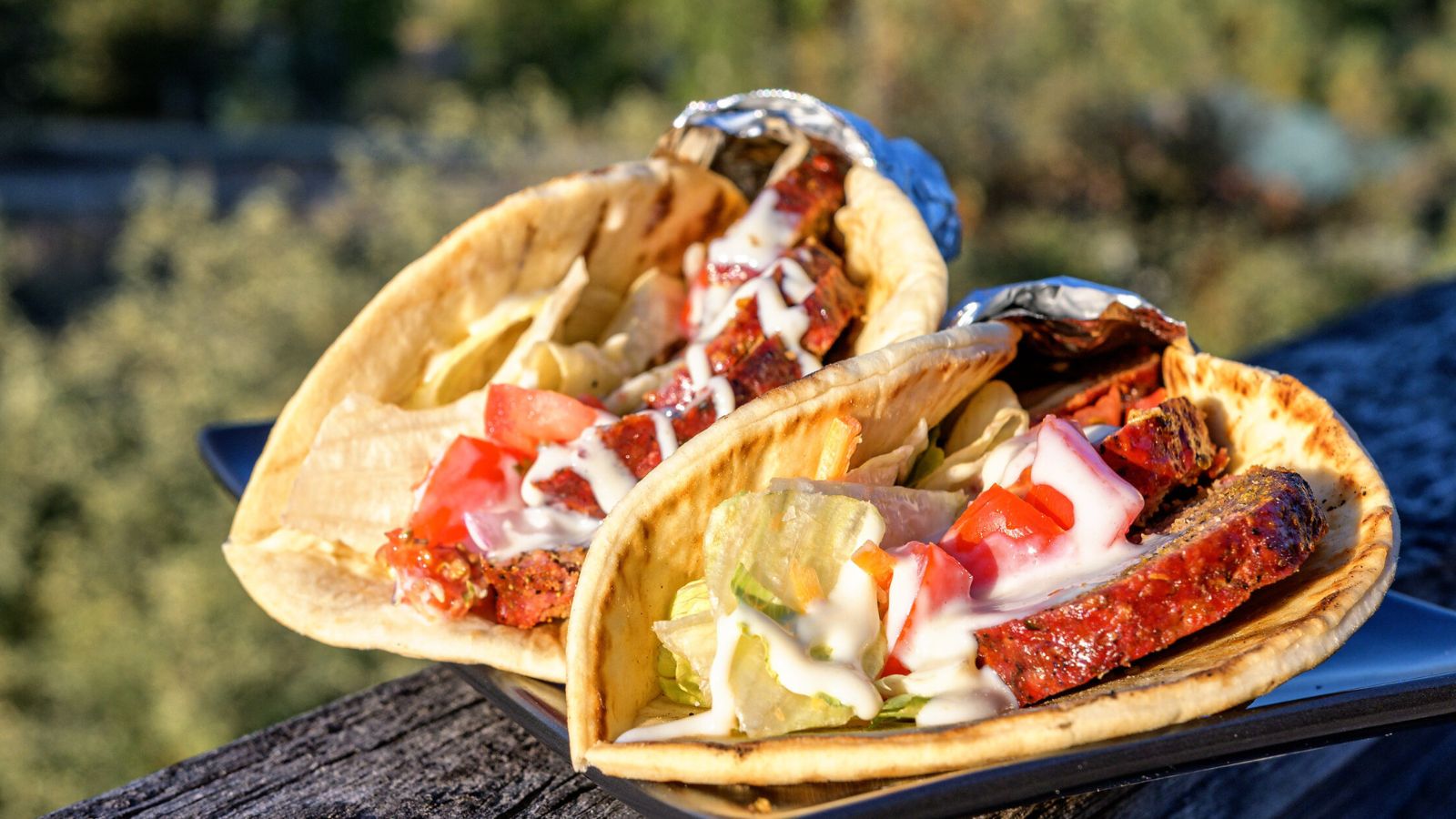
A twist on the Turkish döner kebab, the Canadian donair was born in Halifax and has its own fiercely loyal following. Instead of the traditional yogurt-based sauce, the donair uses a sweet, garlicky white sauce that puzzles outsiders. The beef is spiced differently, too, giving it a uniquely Canadian flair. To many visitors, the sauce seems more fitting for dessert than for meat, but in Atlantic Canada, it’s the ultimate late-night food. The donair is so beloved that Halifax declared it the city’s official food, proving its quirky yet essential place in Canadian cuisine.
All-Dressed Chips
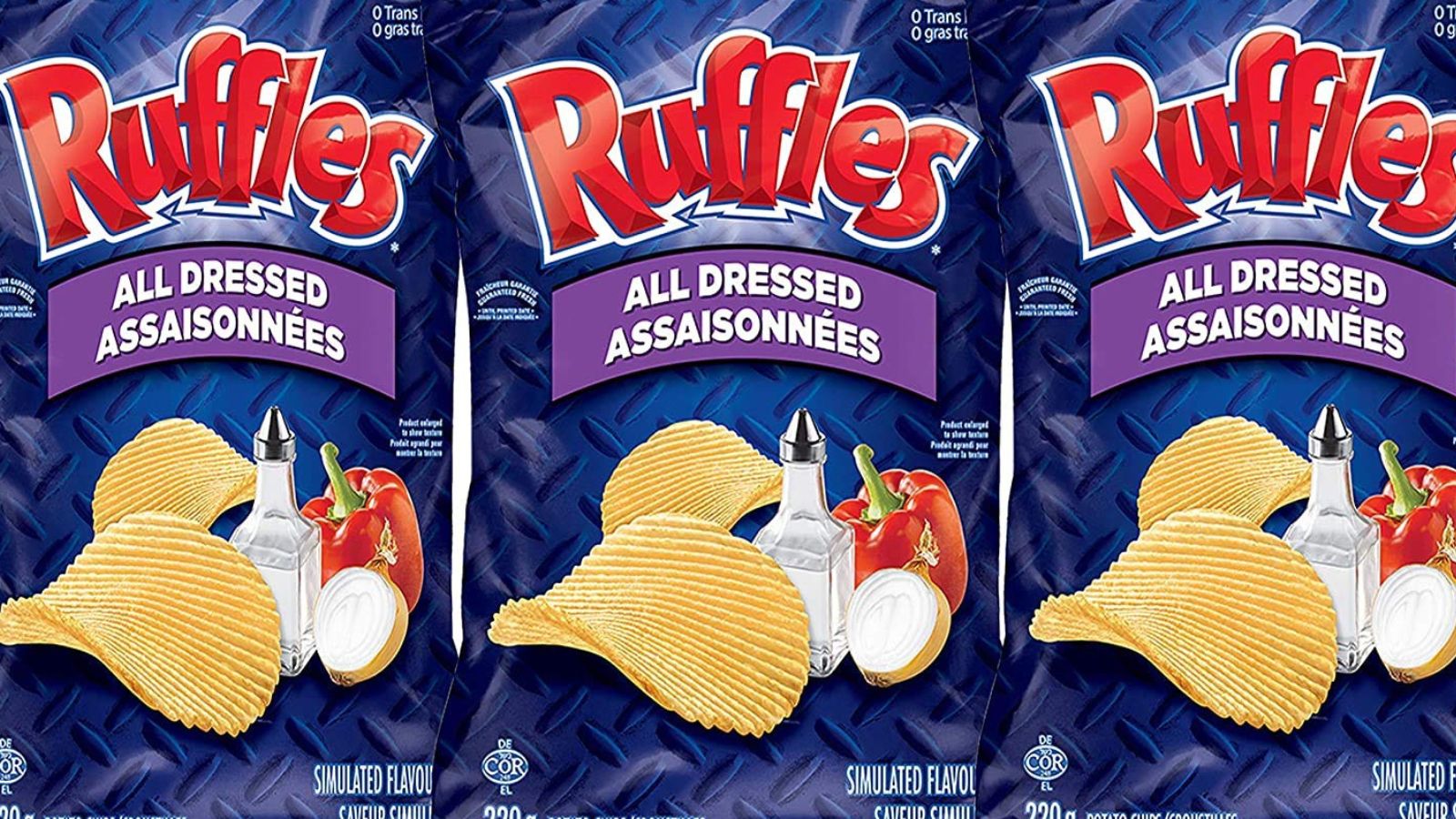
Another chip flavor that confuses foreigners, all-dressed combines barbecue, ketchup, sour cream, onion, and salt and vinegar into one bag. Outsiders often find the mashup overwhelming, unsure of whether they’re tasting sweet, tangy, or savory. Canadians, however, love the “everything at once” approach, swearing that the chaotic flavor actually works. Companies like Ruffles have made the flavor mainstream across Canada, and it has recently trickled into U.S. stores. But nowhere is it as beloved as at Canadian gatherings, where no party spread feels complete without a bright orange bag of all-dressed chips.
Tourtière
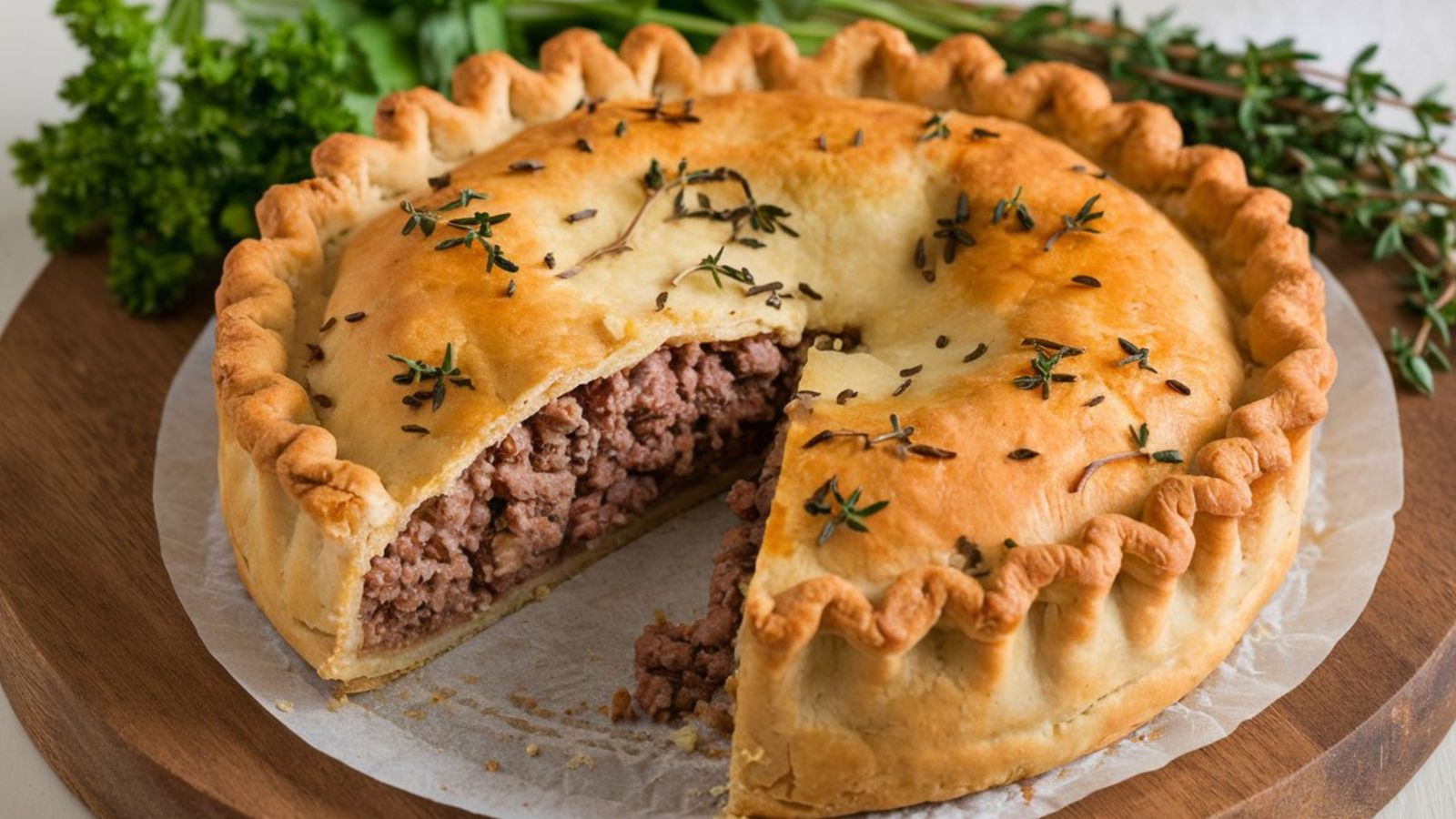
This meat pie, popular in Quebec and during the holiday season, often throws foreigners for a loop. While pies are typically sweet in other countries, tourtière is filled with ground pork, beef, or game, flavored with warm spices like cinnamon and cloves. The savory-meets-sweet aroma and unusual spice combination can surprise those not used to it. Canadians, though, consider it a family tradition, often served at Christmas Eve réveillon dinners. It may not be everyone’s idea of comfort food, but in Quebec households, tourtière carries cultural weight that goes far beyond its ingredients.
Maple Taffy (Tire sur la Neige)
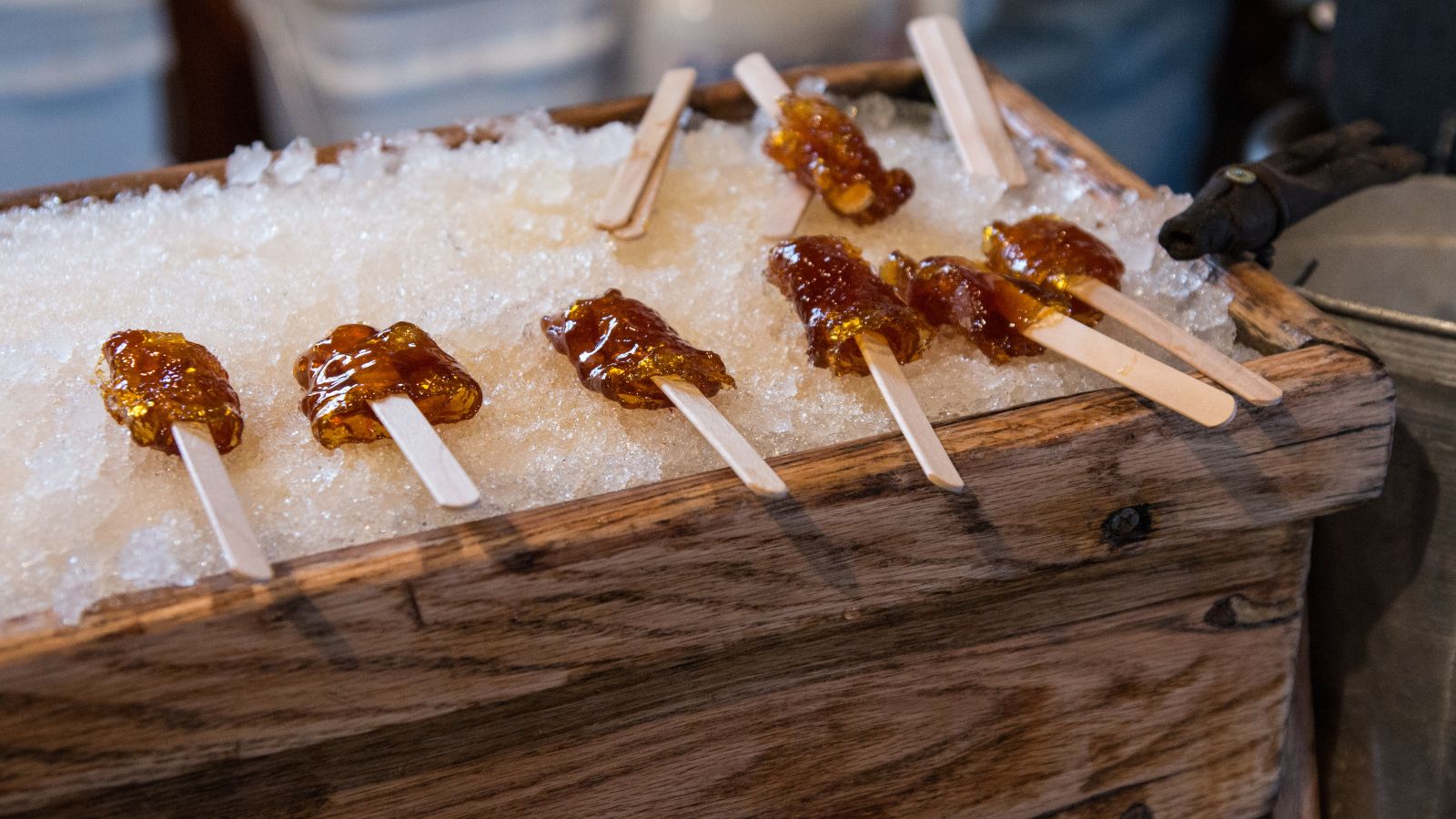
Canada’s love affair with maple syrup reaches its peak with maple taffy, also known as tire sur la neige. Hot maple syrup is poured onto fresh snow, instantly cooling into a sticky, chewy candy. While foreigners may be skeptical about eating sweets made directly from snow, Canadians see it as a winter rite of passage. It is sweet, messy, and fun, especially for kids at sugar shacks in Quebec. For many visitors, it feels like a quirky novelty, but for locals, it’s a celebration of maple season and the country’s sweetest natural resource.
Pickled Bologna (Newfoundland Steak)
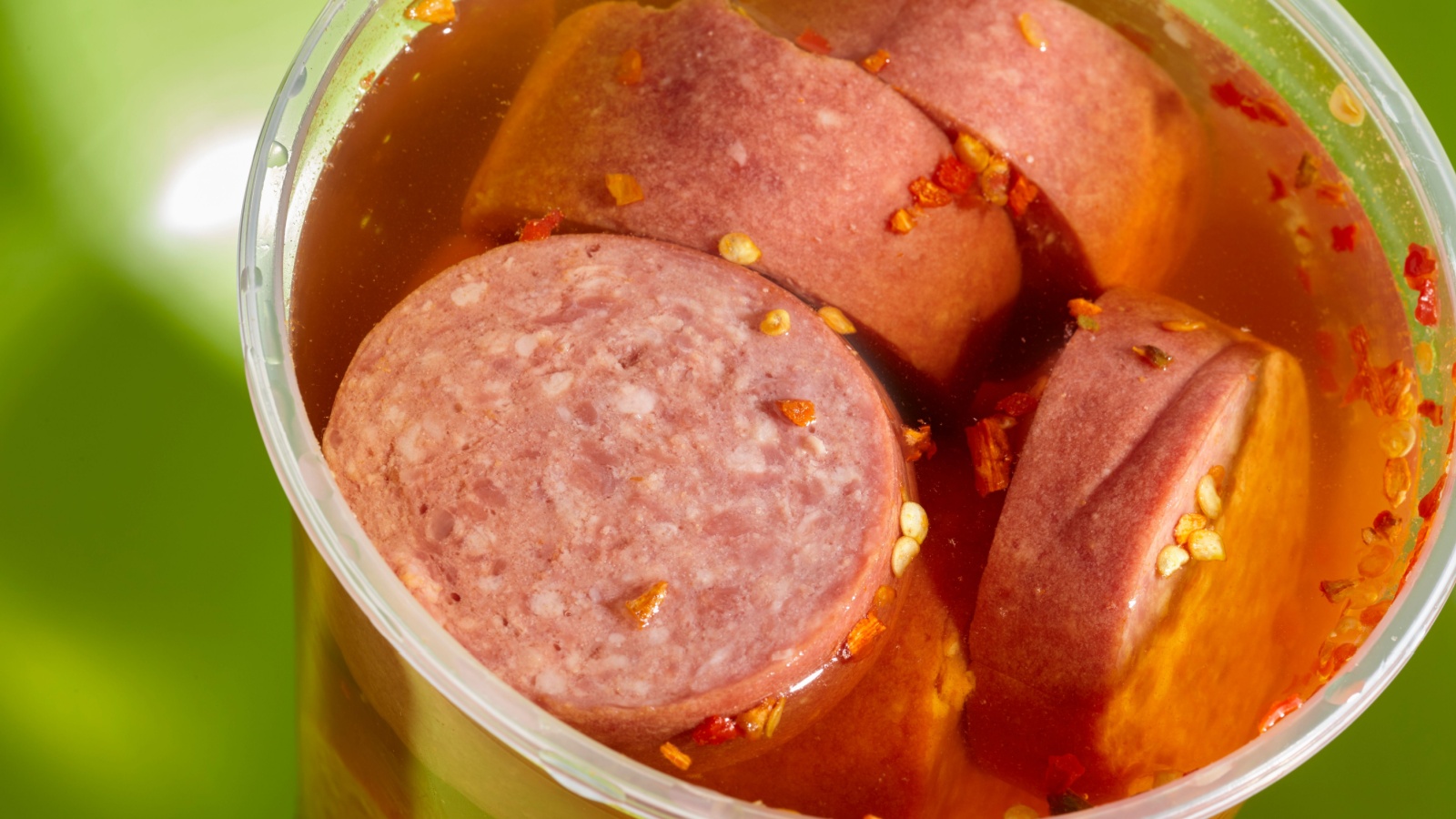
In Newfoundland, pickled bologna, affectionately dubbed “Newfoundland steak”, is a beloved comfort food. It is exactly what it sounds like, which is bologna pickled in vinegar brine, often served at gatherings with crackers or bread. To outsiders, the idea of pickled processed meat sounds downright bizarre, but in Newfoundland kitchens, it’s a tangy, nostalgic staple. The dish reflects the island’s resourceful culinary traditions, where preserving food was once essential. While it may never win over global gourmets, for Newfoundlanders, pickled bologna is both a snack and a symbol of their down-to-earth food culture.
Bannock
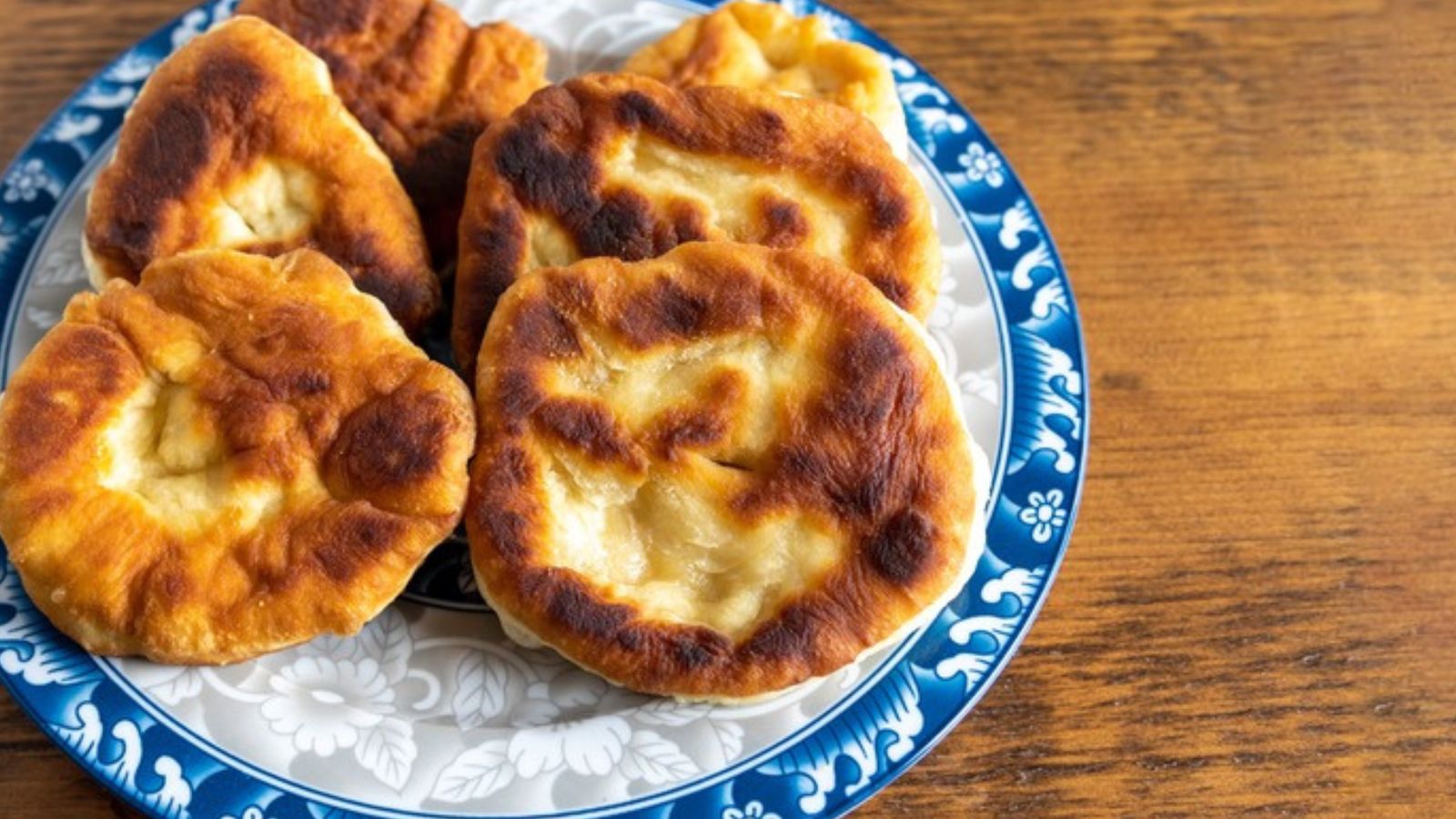
Bannock is a flatbread with Indigenous roots that has been widely embraced across Canada. It can be baked, fried, or grilled, and served plain or topped with sweet or savory ingredients. To outsiders, its simplicity can seem odd, but for Canadians, bannock represents history, resilience, and community. It’s often sold at powwows or festivals, served with jam or honey, or used as a hearty base for meals. What may appear plain to tourists carries deep meaning and enduring popularity at Canadian tables.
Hawkins Cheezies
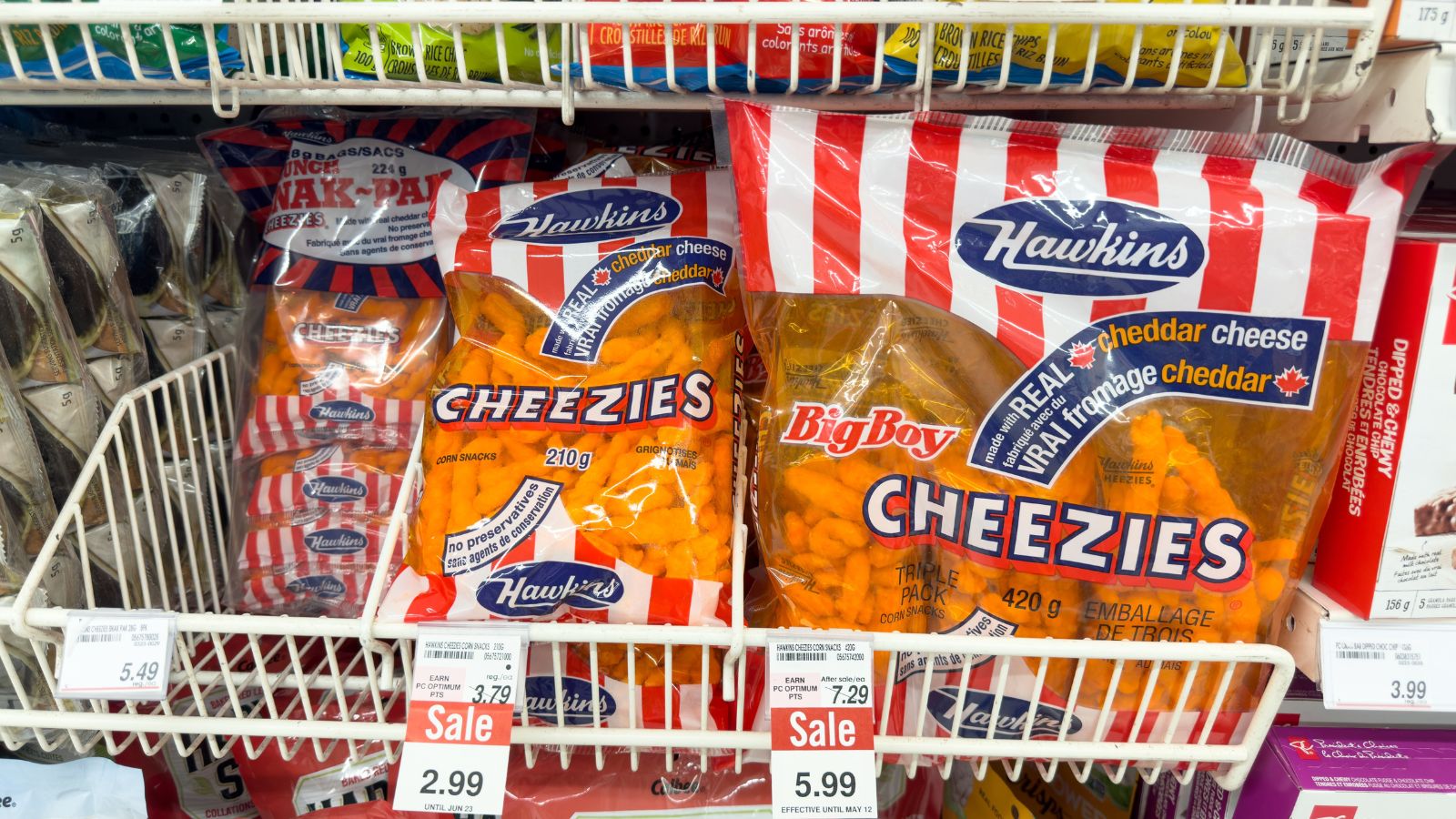
Unlike other cheese snacks around the world, Hawkins Cheezies are crunchy, jagged sticks made from real aged cheddar. They’re brighter, denser, and cheesier than Cheetos, which often surprises first-timers. Some foreigners find the texture almost too hard, while others are taken aback by the intense flavor. Canadians, however, swear by them and often grow up with Hawkins as a childhood staple. Produced in Ontario since the 1940s, they’re considered an iconic snack with a loyal fanbase, and to locals, they are the gold standard of cheesy junk food, even if outsiders can’t quite understand the hype.
Molasses Bread
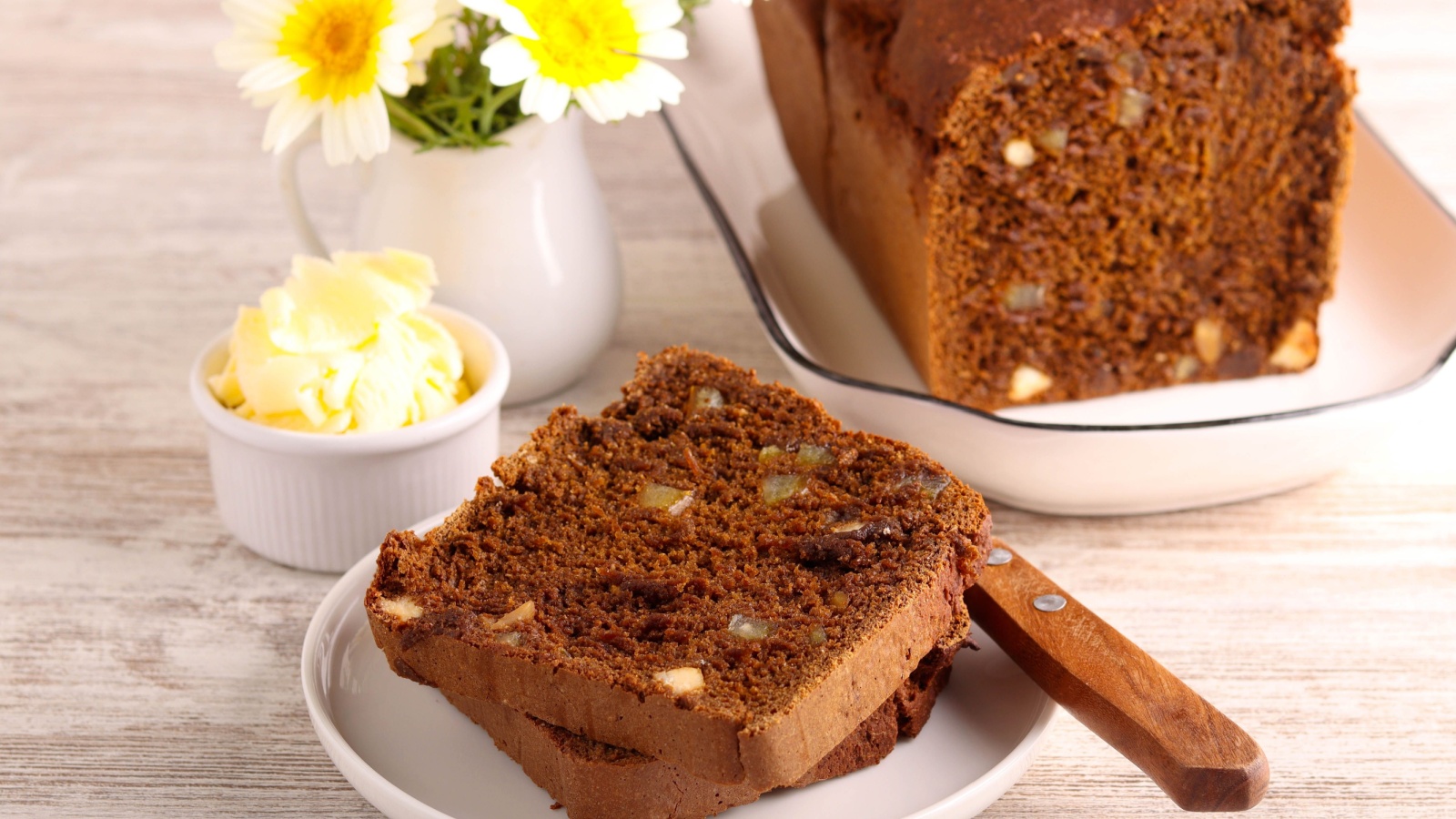
Molasses bread, common in Atlantic Canada, is a sweet, dark loaf made with molasses and often served with baked beans or butter. Outsiders often find the flavor unusual, being rich, slightly bitter, and far from the typical white or wheat loaves found elsewhere. Canadians, especially in Newfoundland and the Maritimes, love it for its hearty texture and nostalgic ties to coastal life. It was historically inexpensive and filling, making it a staple in fishing communities, and today, it is a beloved regional food, even if visitors find it a bit too dense or sweet for everyday eating.
Kraft Dinner (KD) with Ketchup

While boxed mac and cheese exists globally, only in Canada has Kraft Dinner, or KD, become a cultural icon. Many Canadians top it with ketchup, creating a sweet-and-savory combo that horrifies some outsiders. For students and families, it’s cheap, quick, and comforting, making it a pantry must-have. Tourists may find the bright orange cheese powder and ketchup topping questionable, but Canadians embrace it wholeheartedly. KD is such a staple that it’s been referenced in pop culture, politics, and even national surveys, and although strange to others, in Canada, it is the definition of comfort food.
21 Products Canadians Should Stockpile Before Tariffs Hit

If trade tensions escalate between Canada and the U.S., everyday essentials can suddenly disappear or skyrocket in price. Products like pantry basics and tech must-haves that depend on are deeply tied to cross-border supply chains and are likely to face various kinds of disruptions
21 Products Canadians Should Stockpile Before Tariffs Hit
